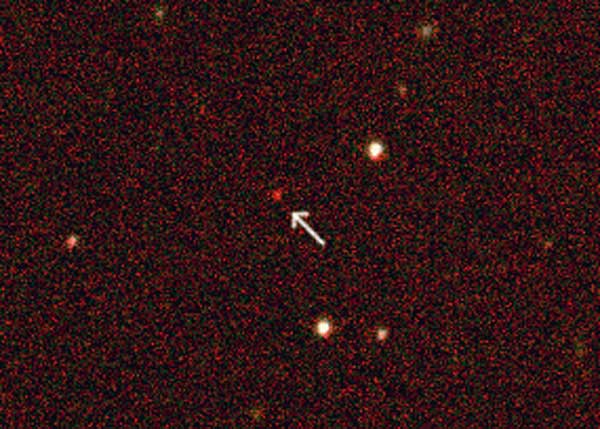
|
Explanation: The distance record for a quasar has been broken yet again. At the present time, no other object in the universe has been found to be more distant than the above speck. The recently discovered quasar has been clocked at redshift 5.82. The exact relation between redshift and distance remains presently unknown, although surely higher redshifts do mean greater distance. The above quasar is likely billions of light-years away and so is seen when the universe was younger than one billion years old, less than a tenth of its present age. Like all quasars, this object is probably a large black hole in the center of a distant galaxy. Don't close the record book yet, though. The redshifts to several other SDSS-discovered quasars are currently being measured, some of which might have redshifts greater than six.
|
January February March April May June July August September October November December |
| ||||||||||||||||||||||||||||||||||||||||||||||||
NASA Web Site Statements, Warnings, and Disclaimers
NASA Official: Jay Norris. Specific rights apply.
A service of: LHEA at NASA / GSFC
& Michigan Tech. U.
Based on Astronomy Picture
Of the Day
Publications with keywords: early universe - redshift - quasar
Publications with words: early universe - redshift - quasar
See also:
